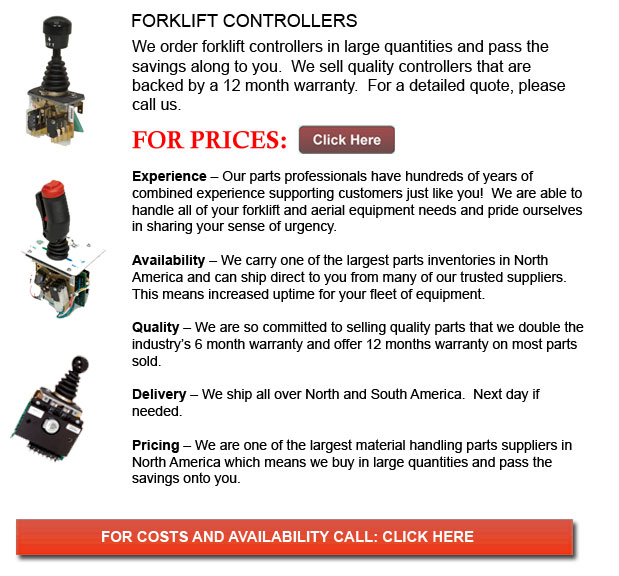
Lift trucks are accessible in a variety of various units that have varying load capacities. Nearly all average forklifts used in warehouse settings have load capacities of one to five tons. Larger scale models are used for heavier loads, like for instance loading shipping containers, may have up to 50 tons lift capacity.
The operator could utilize a control in order to raise and lower the forks, which are also known as "tines or forks." The operator could even tilt the mast to be able to compensate for a heavy load's propensity to angle the blades downward to the ground. Tilt provides an ability to function on uneven surface also. There are yearly contests meant for experienced lift truck operators to compete in timed challenges and obstacle courses at regional forklift rodeo events.
Lift trucks are safety rated for cargo at a specific limit weight as well as a specific forward center of gravity. This vital information is supplied by the maker and located on a nameplate. It is vital loads do not exceed these details. It is prohibited in many jurisdictions to tamper with or remove the nameplate without obtaining permission from the lift truck maker.
Nearly all forklifts have rear-wheel steering to be able to improve maneuverability. This is particularly effective within confined spaces and tight cornering areas. This type of steering differs fairly a bit from a driver's initial experience together with various vehicles. Because there is no caster action while steering, it is no needed to apply steering force so as to maintain a continuous rate of turn.
Instability is another unique characteristic of forklift use. A continuously varying centre of gravity happens with each movement of the load amid the forklift and the load and they need to be considered a unit during use. A lift truck with a raised load has gravitational and centrifugal forces that can converge to cause a disastrous tipping accident. So as to prevent this possibility, a lift truck should never negotiate a turn at speed with its load elevated.
Lift trucks are carefully designed with a particular load limit intended for the blades with the limit decreasing with undercutting of the load. This means that the load does not butt against the fork "L" and will decrease with the rise of the fork. Normally, a loading plate to consult for loading reference is positioned on the forklift. It is dangerous to make use of a forklift as a worker hoist without first fitting it with certain safety tools like for instance a "cherry picker" or "cage."
Lift truck utilize in warehouse and distribution centers
Lift trucks are an essential component of distribution centers and warehouses. It is essential that the work environment they are situated in is designed so as to accommodate their efficient and safe movement. With Drive-In/Drive-Thru Racking, a lift truck has to go within a storage bay that is many pallet positions deep to set down or take a pallet. Operators are often guided into the bay through rails on the floor and the pallet is placed on cantilevered arms or rails. These confined manoeuvres require expert operators to be able to complete the job safely and efficiently. For the reason that every pallet requires the truck to enter the storage structure, damage done here is more frequent than with other kinds of storage. Whenever designing a drive-in system, considering the measurements of the blade truck, together with overall width and mast width, must be well thought out to be able to ensure all aspects of an effective and safe storage facility.
![]() Click to Download the pdf
Click to Download the pdf
Hyster Parts in Los Angeles
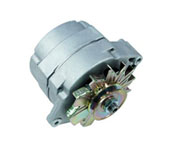
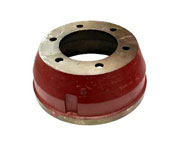
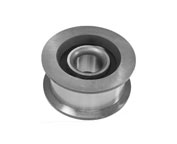
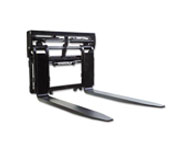
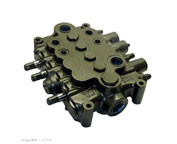
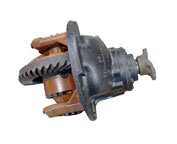
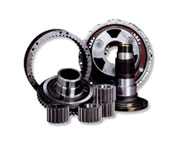
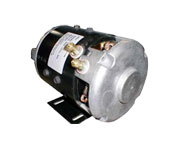
Lift Parts Express
TOLL FREE: 1-888-695-7994
LOCAL: 213-325-5091
1976 South La Cienega Boulevard
Los Angeles, California
forkliftpartsinlosangeles.com
Email Us
About Us


